Any list of things you must do before you die runs the risk of sounding bossy, pompous or just plain exhausting. But the world is vast, and our time on it is not. And so, to celebrate St Patrick’s Day, we asked some well-known people for the one thing they think every Irish person should do before they die: whether it’s climb Skellig Michael, watch the Rose of Tralee live, eat something, read something or just get off the rock once in a while.
Their suggestions range from the heartfelt and touching, to the practical, to the inspiring. Some of them you can do today; others require a bit of planning and, unsurprisingly, none of them involve making more money, drinking more alcohol, or spending more time on the internet.
How many of these can you tick off your bucket list?
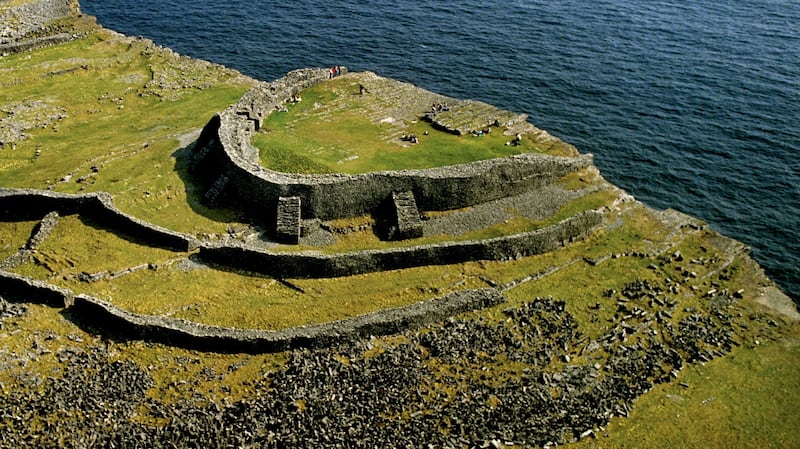
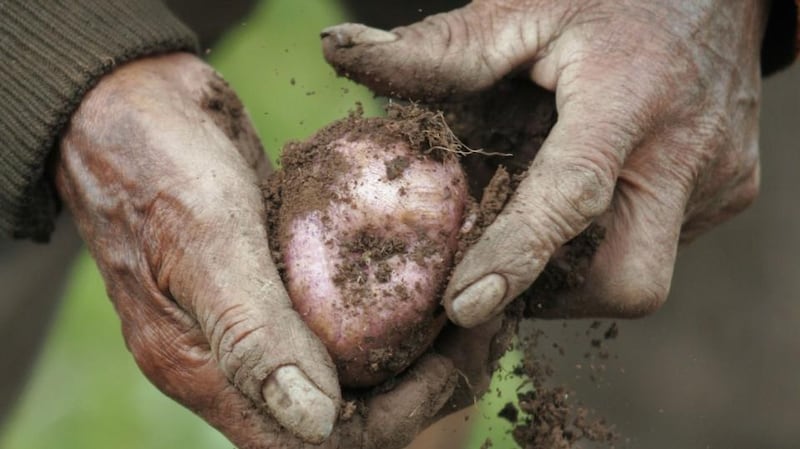
Spend some time at the Gaeltacht
Stefanie Preissner, writer
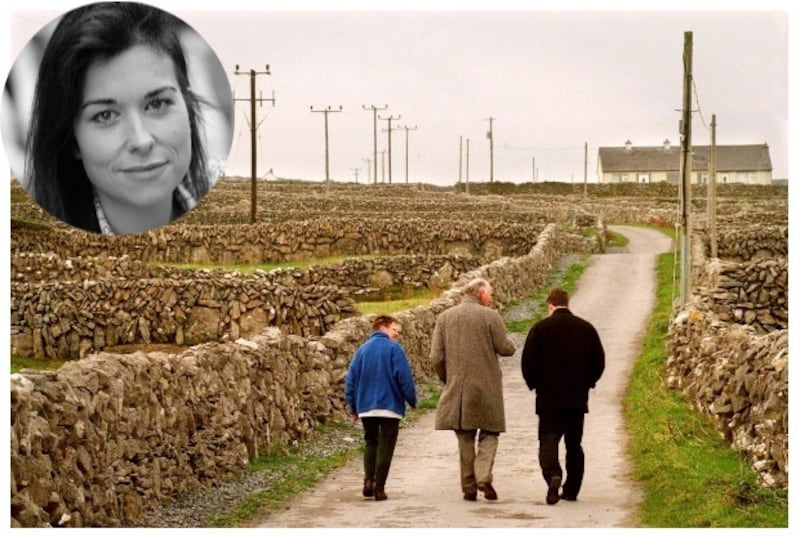
One thing every Irish person should experience before they die is a period of time spent at the Gaeltacht. Nothing says Irish adolescence more than the effort of trying to look cool while chanting “isteach dó trí, isteach dó trí, amach dó trí, amach dó trí” and hoping you get to do that swingy-roundy bit in the Siege of Ennis with the boy you’ve your eye on. All those hormones sweating down the walls in the form of condensation in the ceilí hall is what Irish summers are all about. That, and bowls of greasy sausages and loads of sliced pans lined up on the Bean an Tí’s kitchen counter next to your soup – made of vegetables of unknown provenance – served in little metal bowls.
Go mayfly fishing
Aoibhinn Ní Shúilleabháin, assistant professor of maths at University College Dublin
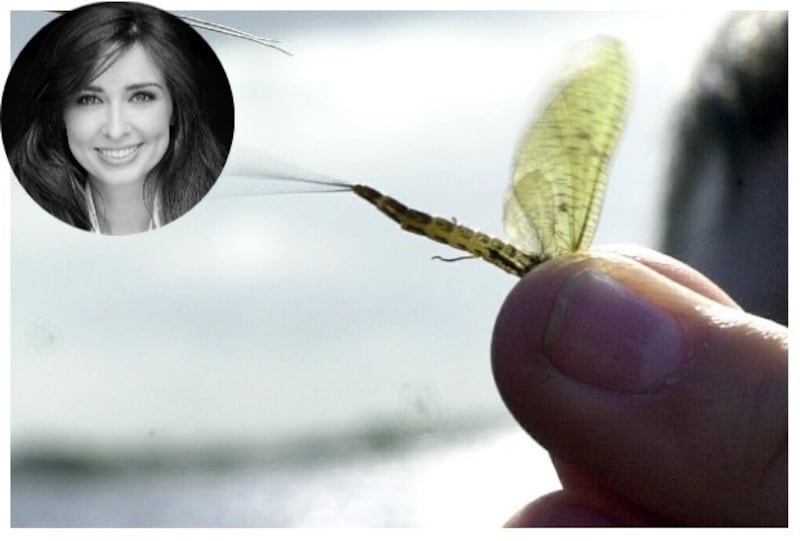
It will soon be mayfly season – the few weeks of the year where the mayfly hatch and can be found around the shores of our fresh water lakes. Growing up, one of our important jobs was to catch mayflies and store them in their custom-built aerated container before heading out for the day on Lough Corrib. Sandwiches, tea, travel cups, bottle of milk, oilskins, mayflies and, if you’re me, a book, all come on the boat for a day’s fishing. A few calm hours dapping with the flies, swaying with the waves, having meandering conversations, and waiting for the fish, all within the gaze of the Twelve Pins, is something every Irish person should experience.
Listen to Luke Kelly sing On Raglan Road
Paul Howard, writer and Ross O’Carroll-Kelly creator
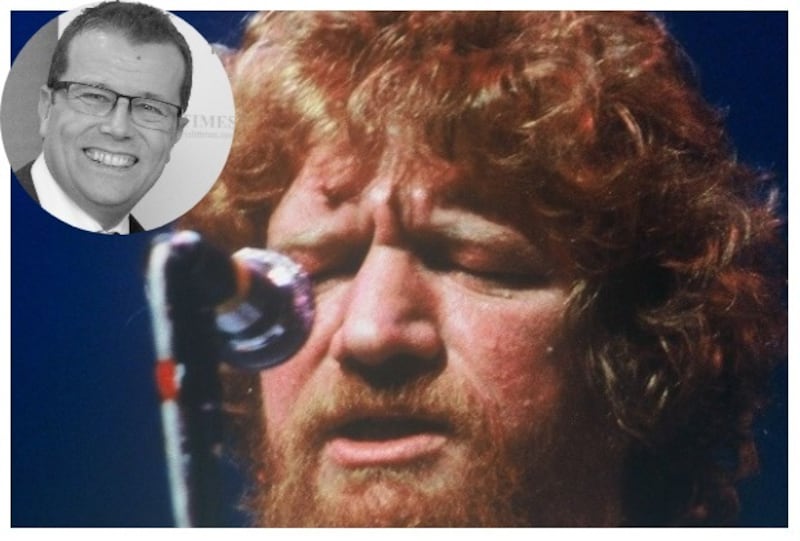
Patrick Kavanagh's heartbreaking tale of unrequited love was first published in the Irish Press in 1946 under the title Dark Haired Miriam Ran Away. Miriam was Hilda Moriarty, a young medical student from Kerry with whom the 40-year-old Kavanagh had fallen in love. The 18-year age gap and the poet's inclination to "love too much" caused the relationship to fail. Kavanagh wrote the poem to fit the meter of the 19th-century traditional song, The Dawning of the Day. Later, after meeting Kavanagh in The Bailey in Dublin, Luke Kelly decided to match the poem to the tune and created one of the most hauntingly beautiful Irish songs recorded. Repeated listenings do nothing to diminish the sorrowfulness of Kavanagh's lines or the raw emotionality of Kelly's rendering, which is known to bring adults – this one included – to tears.
Bake a loaf of soda bread
Darina Allen, chef and founder of Ballymaloe cookery school
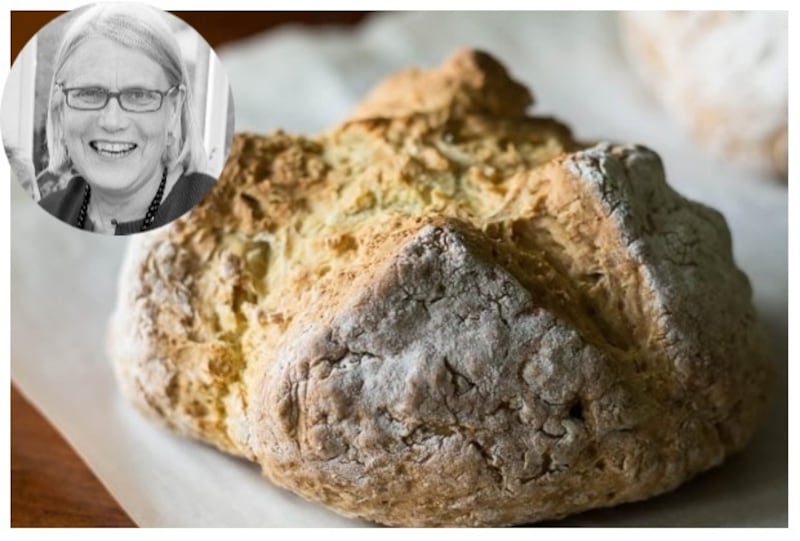
The whole country went insane during the recent weather crisis at the thought of not being able to get their hands on a sliced pan. I think people realised how de-skilled they've allowed themselves to become. Everyone, whether they're the head of Aer Lingus or the chief executive of a bank, should learn how to bake a loaf of soda bread. One of the most basic skills in life is to be able to bake something. If we lose those skills, we're playing right into the hands of the multinational food companies, which are more interested in their shareholders than our health.
Grow a potato
Catherine Cleary, Irish Times restaurant critic
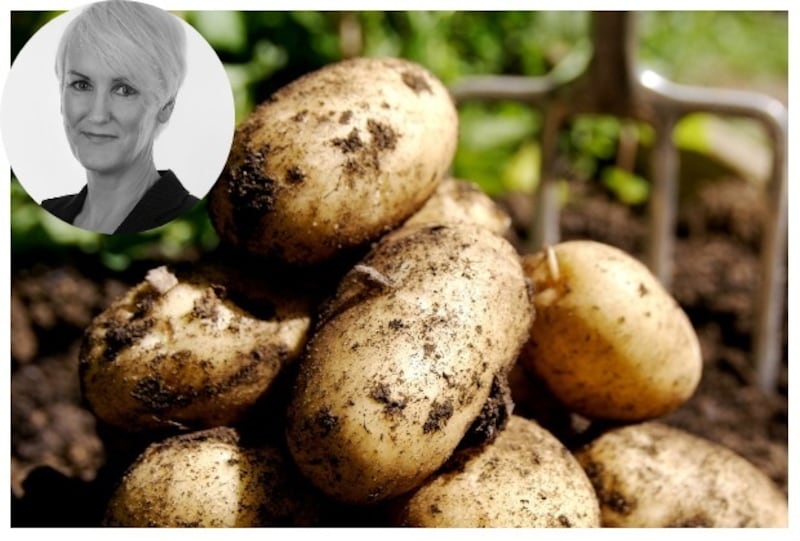
Next time you find one sprouting and gone squidgy, plant it anywhere in soil, in a tub or even in a bag on the balcony. Spuds thrive on neglect. Serious gardeners have been hitting or sprouting their seed potatoes in preparation for this weekend, when they traditionally go into the soil. Harvesting is a joy. Erase the pinched misery memory of picking spuds during a 1970s childhood, fingers frozen to the bone. Put a fork in warm soil, lift and turn and like magic they’ll tumble out of the brownness like beautiful orbs, a bounty of food all from one potato. Steam them in their skins, or boil them with seaweed then add a huge knob of butter and a sprinkle of salt. The best varieties (British Queens are hard to match for nuttiness) need nothing else.
Climb Croagh Patrick
Niall Gibbons, chief executive of Tourism Ireland
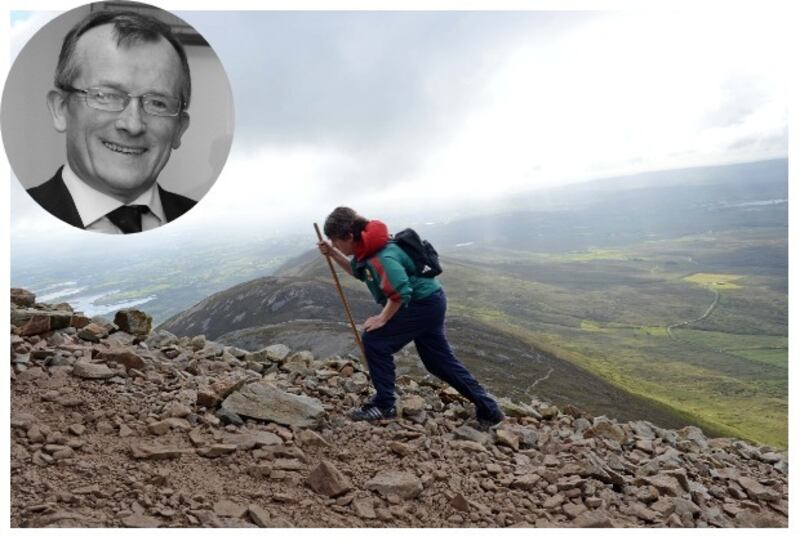
Having lost my mother last month after a long battle with dementia, it was a reminder of the importance of doing things with your nearest and dearest. Creating lasting memories is the most powerful reminder we leave behind, and helps us tell our story from one generation to the next. Visiting the west of Ireland where my ancestors came from was always in the blood, so it's maybe not surprising that I would recommend a visit to Croagh Patrick as the one thing every Irish person should do before they die. I think I have done it about seven times, in all weathers, and it has always delivered in emotional connection, disconnection, energy, warmth and friendliness of other climbers. There's a great sense of achievement when you get to the top and safely to the bottom. However, it's up to everyone to find their own Croagh Patrick and share it widely with family and friends. And remember – don't leave it too late.
Go to the All-Ireland club final
Mairead Ronan, TV presenter and owner of Faro beauty
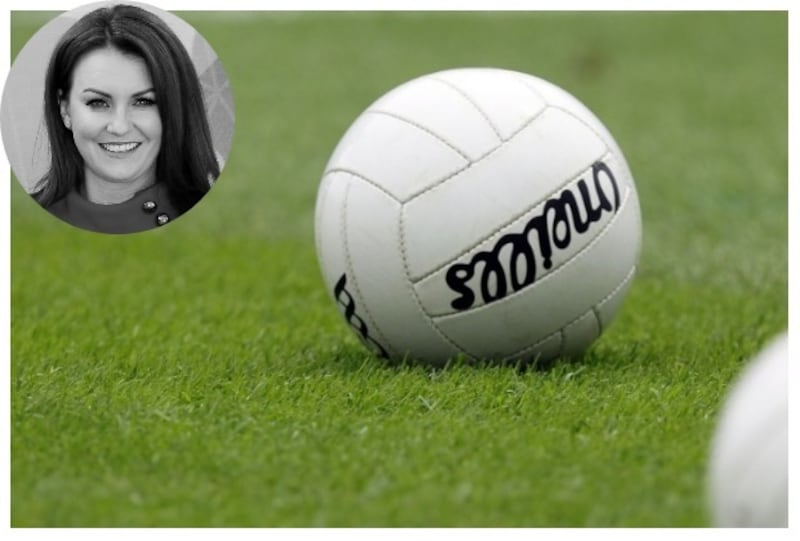
Everyone should attend an All-Ireland club final in Croke Park on St Patrick's Day. It's here you see the real grass roots of the GAA. We've gone a few times: it's so easy to get tickets, you get to see some great GAA, and you get to support a local club too.The second thing I'd recommend is that everyone should read Louise O'Neill's novel, Asking For It. It scared the bejaysus out of me, but it also made me open my eyes as a parent. Finally, everyone should go see some of the smaller islands of Ireland. We're great for getting a cheap flight, hoping on a plane and exploring a European city for a weekend. But we've got these gems of our own, and they are totally unique, really beautiful and so relaxing once you're prepared for the weather. I'd recommend Cape Clear, Sherkin, Valentia and the Aran Islands.
Spend St Patrick’s Day abroad
Maia Dunphy, broadcaster

I am convinced that patriotism increases proportionately for every mile you travel away from your home country.The great Irish diaspora – and those who claim a tentative Irish heritage – all long to spend at least one March 17th in Ireland, but there is nothing quite like spending a St Patrick's Day abroad as an Irish person. It might only be London or, if you're lucky, perhaps New York or somewhere down under, but trust me, it is the closest you will come to feeling like a visiting dignitary. Or Bono. I spent a Paddy's Day in southeast Asia at the worst attempt of an Irish parade I'd ever seen; but I may as well have been the mayor of the city for how I was revered. Do it at least once in your life, and milk it for all it's worth.
Slow down and see Ireland from a different perspective
Paul Flynn, owner of the Tannery Restaurant in Dungarvan, Co Waterford
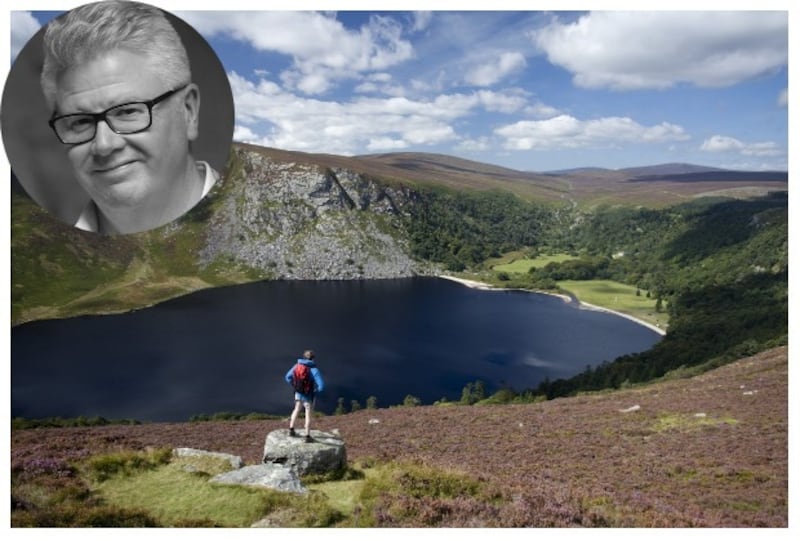
To be a rugged, outdoorsy Bear Grylls-type of guy has long been an ambition of mine, but of course it was never to be. Mine is an indoor resilience. Hiking is constantly on my to do list, and I’ve bought numerous pairs of fancy boots to prove it. I won’t give up, despite my last foray being a painful embarrassment.
Greta was an Austrian au pair who came to help us for a busy summer. Austrians are naturally outdoorsy people. I proposed a family hike up to Coumshingaun Lake in the Comeraghs and a picnic at the top. I made enough sandwiches to feed a ravenous army and packed fruit, crisps, water and two flasks of tea, and set off with the only rucksack.
The mountain is not exactly K2 but even at the lower levels, I was huffing and puffing. Greta looked at me wryly, occasionally offering to carry my load. I wheezed away every offer, silently wounded at the affront to my manhood.
When we eventually reached the top, the look on my children’s faces suggested that all was not normal with the colour of my face and the sounds coming from my startled body. The view was majestic, calm returned to my lungs, and I ate most of the sandwiches, determined to lighten my cursed load.
Of course, all I had done was transfer the weight to my stomach. On the way down I fell and hit my shoulder off a rock. Even then, I still wouldn’t relinquish the rucksack. For my pride, I spent the next few months in physiotherapy.
In an effort to be a good dad I fully intend to keep on wheezing and stumbling up hills. I just won’t bring as many sandwiches.
Ireland from a different perspective is a revelation: a calmness comes into an otherwise hectic life, and you see your own country in a new, and perhaps more appreciative way.
Visit Dún Aonghasa
Sinead Gleeson, writer and editor
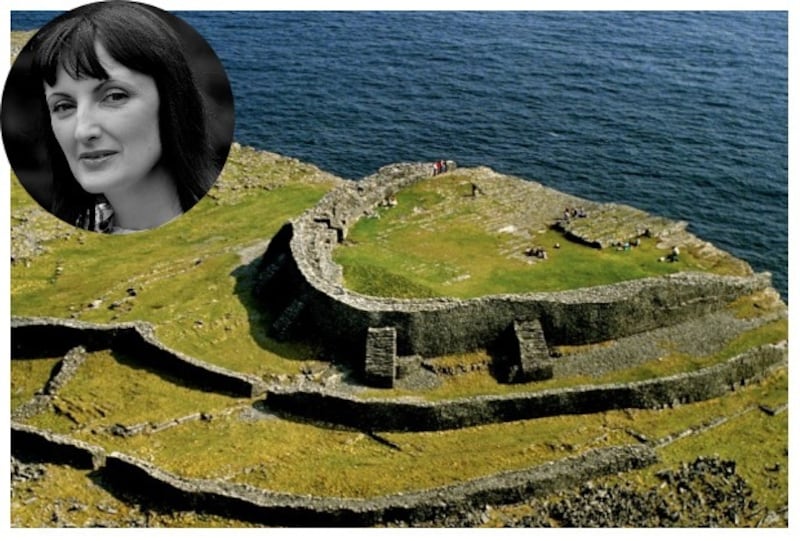
In 2016, I finally visited the place I wanted to see more than anywhere else in Ireland.Dún Aonghasa is an ancient clifftop fortress on Inis Mór, the largest of the three Aran Islands.Getting to the top involves a trek over uneven stones and narrow steps but the view is worth a hundred walks up. The half-circle fort comprises Chevaux de Frise, and its tiers of defensive stones look out over the lonely Atlantic. It is haunting, heart-stopping, and exceeds all expectations. Wind-whipped on the clifftop, with sea-salted hair, I watch American students stand on the edge taking selfies. An OPW woman hovers, a warning on her lips. I lie on the ground and inch my eyes over the side, to the Atlantic 100 metres below. A boom like a canon sounds, a gathering of noise in the air, from the waves rolling into the caves below the cliffs. This place is a spell. Magic and memory are hammered into the rocks.
Visit the Jurassic biosphere of Clara Bog
Manchán Magan, writer and documentary maker
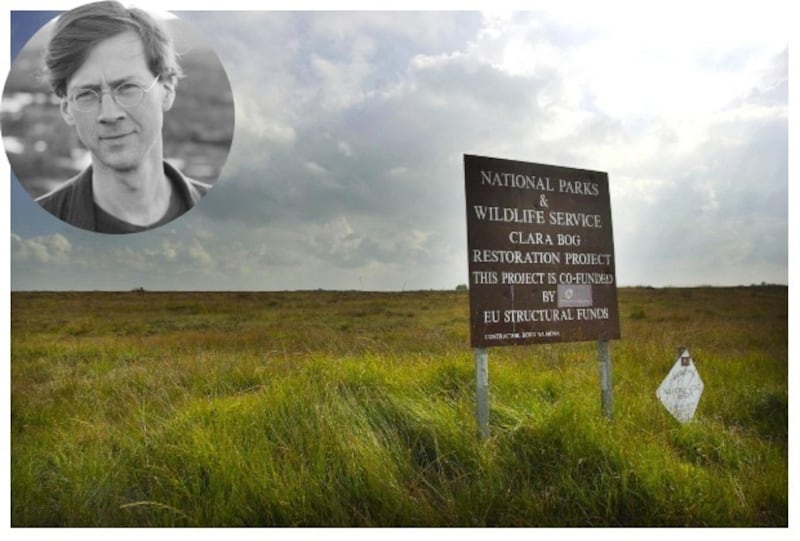
Ireland just happens to have the finest remaining example of raised bog in Western Europe, and yet we pay it no heed. The few sq km of unassuming peatland at Clara Bog in Co Offaly represents 10,000 years of history in its ochre and umber blanket of hummocks, hollows, lawns, pools and flushes. This quagmire of quaking surfaces can now easily be explored along a 1km looped boardwalk that brings you past carnivorous plants such as sundew, magical medicinal mosses, heathers, heaths and sedges.
There’s a €2.1 million visitor centre to help you understand what you are seeing, but despite its world-class uniqueness, you’re likely to have the place entirely to yourself, apart from a curlew, skylark or some red grouse. Enjoy this rare glimpse of a Jurassic biosphere.
Ireland's Museum of Country Life outside Castlebar, Co Mayo, is another revelatory place. Not only is it our only national museum outside of Dublin, but it offers a soul-stirring insight into the profound interdependence between our recent ancestors and the natural world. Four floors of exhibits reveal how almost everything we made and used in the century after the Famine was carved, crafted, knitted or moulded from elements of the earth.
This museum is not only full of beautiful heirloom items, but it celebrates the humble, wholesome ways our recent ancestors lived with, and related to, their natural heritage. Rarely does a museum offer not just romantic glimpses of more primitive times, but actual valuable hints for a more ecological future.
Practise gratitude
Miriam O’Callaghan, RTÉ broadcaster
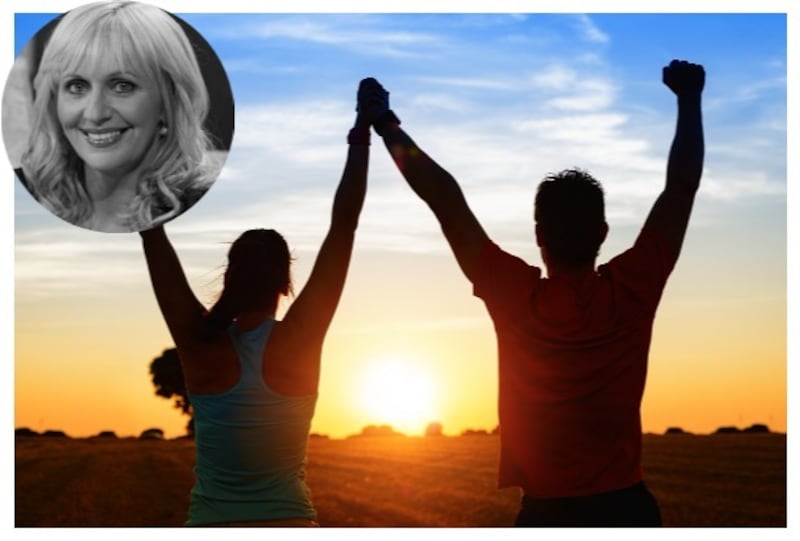
My recommendation is not to do anything in particular. Rather, it’s simply a reminder to us all to love and appreciate life just a little bit more. On a daily basis, we all tend to take life for granted; just being alive is such a wonderful gift. We forget that. I know I do, all the time. I check myself though, chastise myself in fact, for being blase about the greatest gift of all – being alive,being healthy, and all those I love dearly being healthy too. Perhaps it is because my precious sister Anne aged just 33 died of cancer in 1995,and eight weeks later my wonderful father Jerry died, totally unexpectedly. It was a cruel double blow. I remember sitting in St Vincent’s Hospital,not far from my work in RTÉ, wondering how the world could go on. Surely it would stop turning? Since then, I am very conscious of life and good health. I remind myself of that daily. I am also grateful on a daily basis for my good fortune to be alive and healthy.

















